Glass cookware vs. metal cookware: For most everyday cooking and a healthier kitchen, glass cookware is a fantastic, beginner-friendly choice due to its non-reactive nature, easy cleaning, and attractive aesthetic. Metal cookware offers durability and superior heat conductivity, making it ideal for specific culinary tasks. Your choice depends on your cooking style and priorities.
Choosing the right pots and pans can feel a bit daunting when you’re setting up your kitchen or looking to upgrade. You’ve probably seen a whole aisle filled with shiny metal and clear glass options, and wondered, “Which one is truly the best for me?” You’re not alone! It’s a common dilemma that can make picking out cookware feel like a science experiment. But don’t worry, making this choice is simpler than you think. We’ll break down glass cookware vs. metal cookware, side-by-side, to help you confidently select the perfect set for your culinary adventures. Get ready to transform your kitchen experience – let’s dive in!
Understanding Your Cookware Needs: The Foundation of a Great Choice
Before we get into the nitty-gritty of glass versus metal, let’s think about what you love to cook. Are you a master baker who needs reliable heat distribution? Or do you enjoy quick, healthy stir-fries that require rapid temperature changes? Your cooking style is the compass that will guide you to the right cookware. Consider these questions:
- What types of dishes do you make most often? (e.g., baking, frying, boiling, sautéing)
- How important is quick heating and cooling for your recipes?
- Do you have specific dietary needs or concerns about cooking surfaces?
- What budget are you working with?
- How much time do you want to spend cleaning up?
Answering these will give you a clear picture of the features you should be looking for. It’s all about matching the cookware to your life in the kitchen, making cooking more joyful and less of a chore. Think of it as finding the perfect tools to bring your favorite meals to life!
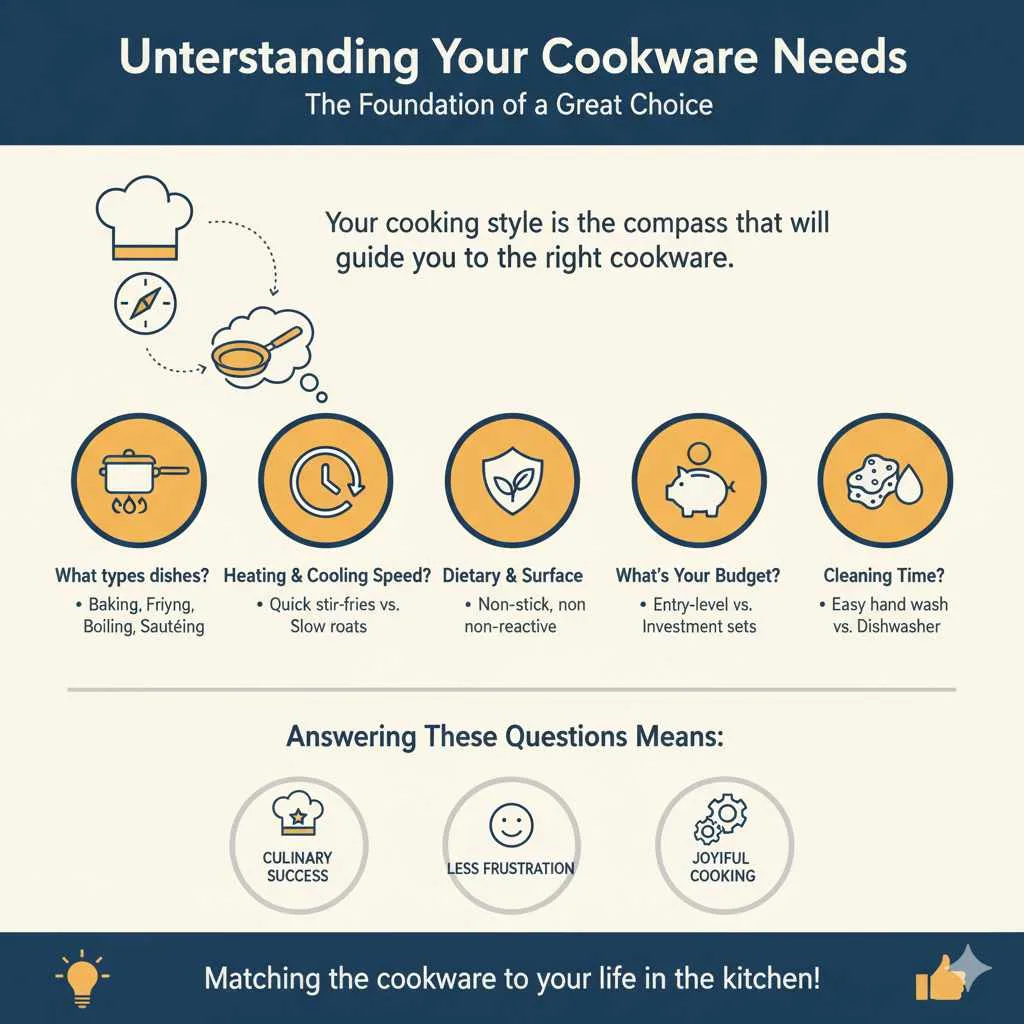
Glass Cookware: A Clearer Path to Healthy Cooking
Glass cookware has gained a lot of popularity, and for good reason! It’s not just pretty to look at; it offers some fantastic practical benefits, especially for everyday home cooks. Imagine serving a bubbling casserole directly from the oven to your table in the same beautiful dish. That convenience is a big part of glass cookware’s appeal.
One of the biggest advantages of glass is its non-reactive nature. This means it won’t interact with acidic foods like tomatoes or lemon juice. So, your marinara sauce will taste like marinara sauce, not like metal. This makes it incredibly safe for food preparation, as it won’t leach any unwanted flavors or substances into your meals. This is particularly appealing for those who are mindful of their diet and health. You can find it in various forms, from baking dishes to stovetop-safe options made from borosilicate glass (like Pyrex cookware), which is designed to withstand temperature changes.
Pros of Glass Cookware:
- Non-Reactive: Safe for all types of food, including acidic ones, without altering taste.
- Easy to Clean: Most glass cookware is dishwasher safe and resistant to stains and odors.
- Attractive Presentation: Ideal for oven-to-table serving.
- Healthier Choice: No risk of metal leaching into food.
- Affordable: Many glass options are budget-friendly.
- Microwave Safe: Great for reheating leftovers.
Cons of Glass Cookware:
- Fragile: Can chip or break if dropped or subjected to extreme thermal shock.
- Slower Heating: Heats up more slowly than metal cookware.
- Uneven Heating: Can sometimes lead to hot spots if not managed carefully.
- Not for All Stovetops: Not all glass cookware is suitable for induction cooktops, and direct high heat can be damaging.
When choosing glass, look for tempered glass or borosilicate glass, which are specifically designed for cooking and are much more durable than regular glass. Always check the manufacturer’s instructions to ensure your glass cookware is safe for stovetop use, oven use, and is microwaveable.
Metal Cookware: The Durable Workhorse
Metal cookware has been a kitchen staple for generations, and it’s beloved for its durability and excellent performance. When you think of a professional chef’s kitchen, you often picture gleaming stainless steel or robust cast iron. These materials are not just for show; they offer tangible benefits for serious home cooks.
Metal cookware, particularly stainless steel and cast iron, excels in heat distribution and retention. This means your food cooks more evenly, and your pan stays hot when you add ingredients, which is crucial for searing meats or achieving a perfect crust. Different types of metal cookware have unique characteristics:
- Stainless Steel: A popular choice for its durability, non-reactivity (most types), and ease of maintenance. It’s a great all-rounder for everyday cooking.
- Cast Iron: Known for its incredible heat retention and ability to develop a natural non-stick surface over time. It’s perfect for searing, frying, and baking. Cast iron requires a bit more care, like seasoning, but it’s a lifelong investment.
- Aluminum: Lightweight and an excellent heat conductor, often found as anodized aluminum or with non-stick coatings.
- Copper: Offers superior heat control and responsiveness, but it’s expensive and requires careful maintenance as it can react with certain foods.
Metal cookware can often handle higher temperatures and more vigorous cooking techniques than glass, making it versatile for a wide range of recipes. It’s also much more forgiving when it comes to accidental drops or bumps in the kitchen.
Pros of Metal Cookware:
- Excellent Heat Conductivity: Heats up quickly and evenly (especially copper and aluminum).
- Durability: Built to last, resistant to chips and breaks.
- Versatility: Suitable for a wide range of cooking methods, including high-heat searing.
- Good Heat Retention: Keeps food warm for longer.
- Induction Compatibility: Many metal pans (especially stainless steel and cast iron) work with induction cooktops.
Cons of Metal Cookware:
- Reactivity: Some metals (like uncoated aluminum or copper) can react with acidic foods, affecting taste and color.
- Can Scratch: Non-stick coatings can be scratched by metal utensils.
- Weight: Cast iron and some multi-clad stainless steel can be very heavy.
- Heat Discoloration: Some metals can discolor with prolonged high heat.
- Cleaning: Certain types, like cast iron, require special cleaning and seasoning.
When choosing metal, always prioritize quality. Multi-clad stainless steel (layers of stainless steel and aluminum or copper) offers a great balance of durability and even heating. For more details on stainless steel cookware, you can refer to resources from reputable culinary institutions like Serious Eats’ guide to stainless steel pans.
Glass Cookware vs. Metal Cookware: A Direct Comparison
To make your decision even clearer, let’s put glass and metal cookware head-to-head on key features. This comparison table highlights the essential differences to help you weigh your options.
| Feature | Glass Cookware | Metal Cookware (General) |
|---|---|---|
| Heat Distribution & Retention | Slower to heat, can be prone to hot spots. Good retention once heated. | Heats up quickly and evenly (varies by material). Excellent retention (e.g., cast iron). |
| Reactivity with Food | Non-reactive; safe for all foods. | Can be reactive with acidic foods (e.g., uncoated aluminum, copper); stainless steel and enameled cast iron are generally non-reactive. |
| Durability | Fragile; can chip or break. | Highly durable; resistant to drops and impacts. |
| Cleaning & Maintenance | Dishwasher safe, easy to clean, stain-resistant. | Varies greatly. Stainless steel is easy; cast iron requires seasoning and specific care. Non-stick coatings can degrade. |
| Aesthetics & Serving | Attractive for oven-to-table presentation. Visible cooking. | Classic kitchen look. Not ideal for serving directly from stovetop to table (except some cast iron dishes). |
| Versatility (Cooktop) | Oven and microwave safe. Stovetop safety varies; not typically for induction. | Generally suitable for all cooktops, including induction (check specific product). Oven safe (check handle materials). |
| Price Point | Generally affordable to mid-range. | Wide range from affordable (basic aluminum) to premium (high-end stainless steel, copper). |
| Health & Safety | Excellent; no chemical leaching. | Generally safe, but avoid scratching non-stick coatings and be mindful of reactive materials. The FDA provides guidelines on food contact substances. |
Choosing the Right Cookware for Your Kitchen Style
So, which one should you pick? The truth is, most kitchens benefit from a combination of both glass and metal cookware. It’s not an either/or situation!
For the Everyday Home Cook Focused on Health and Simplicity:
If you prioritize healthy eating, easy cleanup, and beautiful presentation, glass cookware is your best friend. A set of oven-safe glass baking dishes and a few stovetop-safe glass saucepans can cover a surprising amount of your daily cooking needs. They are perfect for:
- Baking casseroles, lasagnas, and desserts
- Simmering sauces and soups
- Reheating food in the microwave or oven
- Serving dishes directly from the oven to the table
It’s beginner-friendly because it’s forgiving with tricky ingredients and simple to wash up.
For the Aspiring Chef and Entertaining Enthusiast:
If you love to experiment with different cooking techniques, entertain guests frequently, and want professional-level results, metal cookware will likely be your workhorse. Consider investing in a good quality stainless steel set for everyday use, perhaps with a cast iron skillet for that perfect sear. Metal pans are essential for:
- Searing steaks and chicken
- Quickly sautéing vegetables
- Boiling pasta and grains
- Making delicate sauces that require precise heat control
- Getting that perfect crust on fried foods
Their ability to respond quickly to heat changes and withstand high temperatures makes them indispensable for many culinary tasks.
Building Your Perfect Cookware Collection: A Blend of Both
Don’t feel pressured to choose just one type. The most practical and inspiring kitchens often feature a curated mix:
- Glass Baking Dishes: Essential for baking and oven-to-table meals.
- Glass Saucepan/Casserole Dish: For stovetop-to-oven versatility and easy reheating.
- Stainless Steel Skillet: Your go-to for versatile frying and sautéing.
- Cast Iron Skillet/Dutch Oven: For incredible searing, slow cooking, and durability.
- Stainless Steel Stockpot: For boiling pasta, making soups, and stocks.
This combination ensures you have the right tool for every job, making your cooking experience more enjoyable and successful. You can often find excellent deals on individual pieces or starter sets that combine different materials.
Caring for Your Cookware: Tips for Longevity
No matter which type you choose, proper care will extend the life of your cookware and keep it performing beautifully. Here are some tips:
For Glass Cookware:
Do:
- Allow cookware to cool before washing.
- Use non-abrasive scrubbers.
- Hand wash delicate pieces, even if dishwasher safe.
- Inspect for chips or cracks before use.
Don’t:
- Submerge a hot dish in cold water (thermal shock).
- Use an abrasive cleaner or steel wool.
- Use in a broiler or on a grill unless specified.
For Metal Cookware:
Do:
- Follow manufacturer’s instructions for seasoning (cast iron).
- Use wooden or silicone utensils to protect coatings.
- Wash by hand after each use for best results.
- Dry thoroughly immediately after washing to prevent water spots.
Don’t:
- Use metal utensils on non-stick surfaces.
- Allow acidic foods to sit in reactive pans for extended periods.
- Put cast iron in the dishwasher.
- Scrub non-stick or enameled surfaces with steel wool.
Taking a little time to care for your cookware means it will take care of you for years to come, making your cooking adventures consistently delightful.

Frequently Asked Questions About Glass and Metal Cookware
Q1: Can I use glass cookware on all types of stovetops?
A: Not all glass cookware is stovetop safe, and even then, it’s usually not recommended for induction cooktops. Always check the manufacturer’s label. Borosilicate glass (like Pyrex) is often stovetop safe, but it’s best used for liquids and avoiding extreme heat changes.
Q2: Is stainless steel cookware safe for cooking acidic foods?
A: Yes, high-quality stainless steel cookware is generally non-reactive with acidic foods. The multiple layers of metal in multi-clad stainless steel help to prevent any interaction with your food, ensuring pure flavor.
Q3: How do I get burnt food off my glass cookware?
A: Soak the cookware in warm, soapy water for a few hours or overnight. For stubborn bits, you can gently scrape with a plastic scraper or a soft sponge. Avoid steel wool, which can scratch the glass.
Q4: Is cast iron hard to maintain?
A: Cast iron cooking requires a bit of a learning curve with seasoning and cleaning, but once you get the hang of it, it’s straightforward. Regular use and proper drying/oiling are key to maintaining its non-stick properties and preventing rust.
Q5: What are the best metal pans for beginners?
A: A good set of multi-clad stainless steel pans is excellent for beginners. They offer durability, even heating, and are versatile for many cooking tasks. A non-stick skillet is also a great addition for easy cooking and cleanup of delicate items.
Q6: Should I choose glass or metal for everyday cooking?
A: For most everyday cooking, especially if you value health and easy cleaning, glass cookware (for baking and stovetop cooking of liquids) and a versatile stainless steel skillet are fantastic choices. A combination often works best, offering a solution for most of your culinary needs.
Q7: Can I put metal cookware in the oven?
A: Most metal cookware, including stainless steel and cast iron, is oven-safe. However, always check the maximum oven-safe temperature and ensure that any plastic or silicone handles are also rated for oven use.
Conclusion: Your Kitchen, Your Choice, Your Confidence!
Navigating the world of cookware doesn’t have to be overwhelming. By understanding the distinct benefits of glass and metal cookware, you’re equipped to make informed decisions that align perfectly with your cooking style, dietary preferences, and lifestyle. Whether you lean towards the clean, non-reactive nature of glass for healthy baking and serving, or the robust, responsive performance of metal for searing and sautéing, there’s a perfect solution for you.
Remember, the most inspiring kitchens aren’t necessarily those with the most expensive gear, but those where the tools truly serve the cook. Building a versatile collection that includes both glass and metal pieces means you’ll always have the right tool to create delicious meals with confidence and ease. Embrace this knowledge, trust your instincts, and get ready to enjoy your cooking more than ever before. Happy cooking!

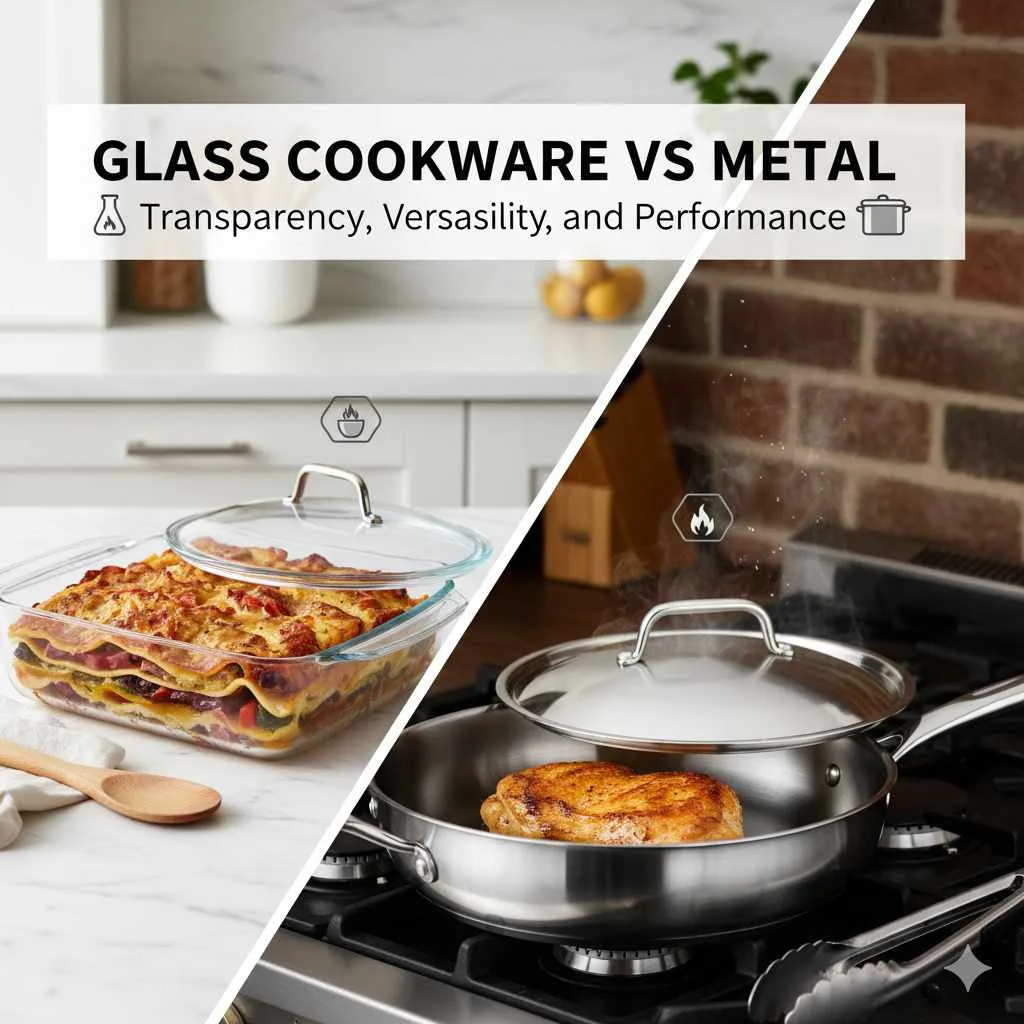
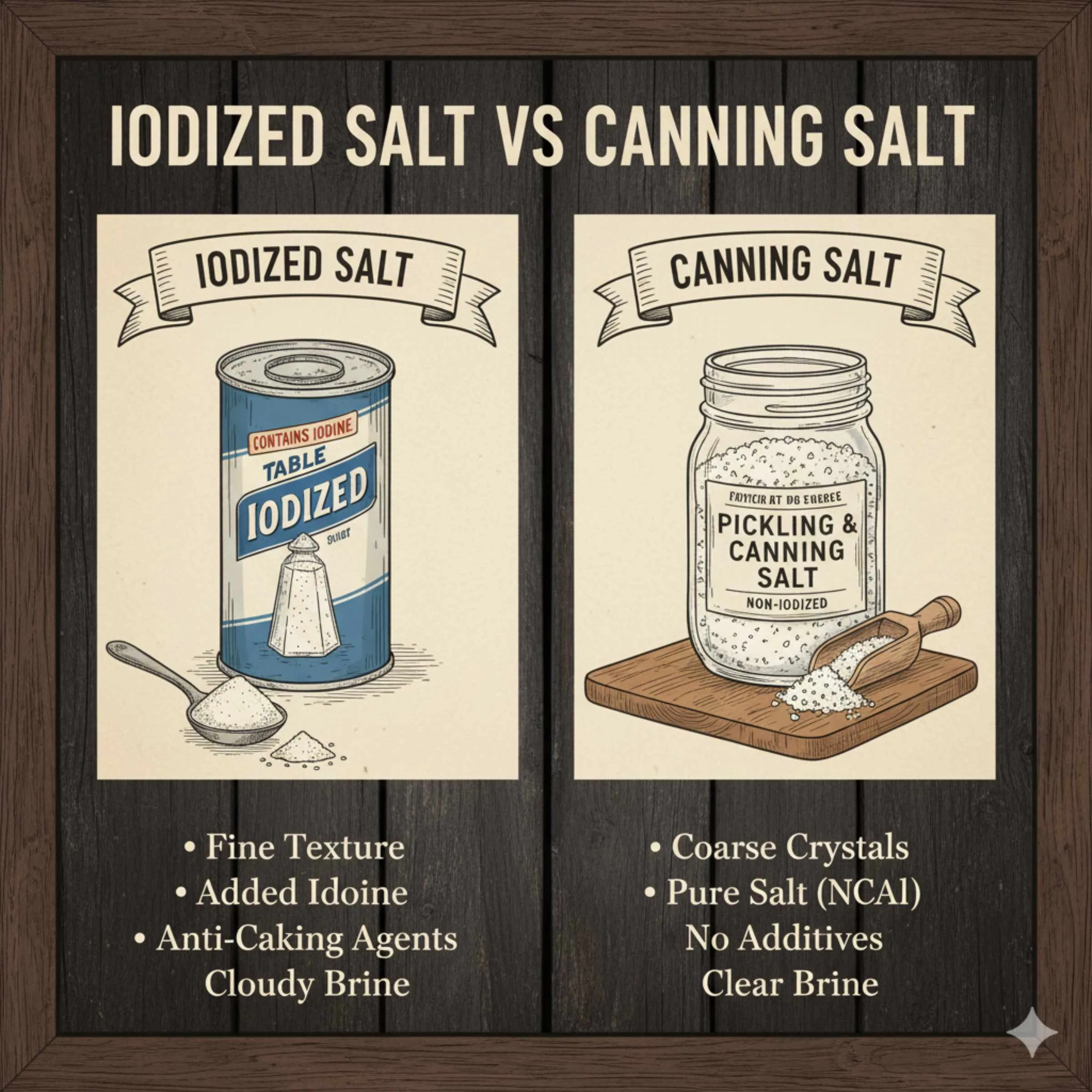
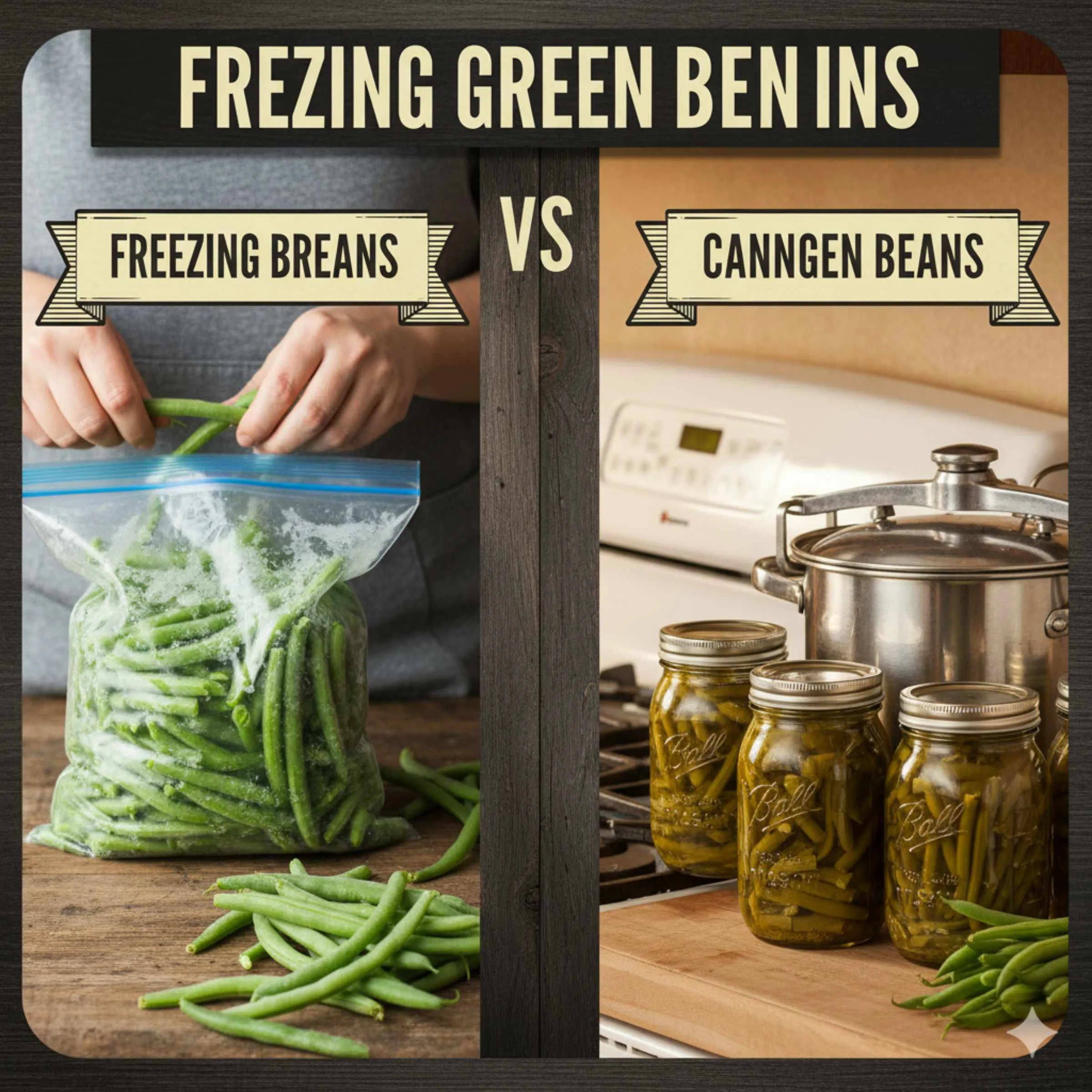


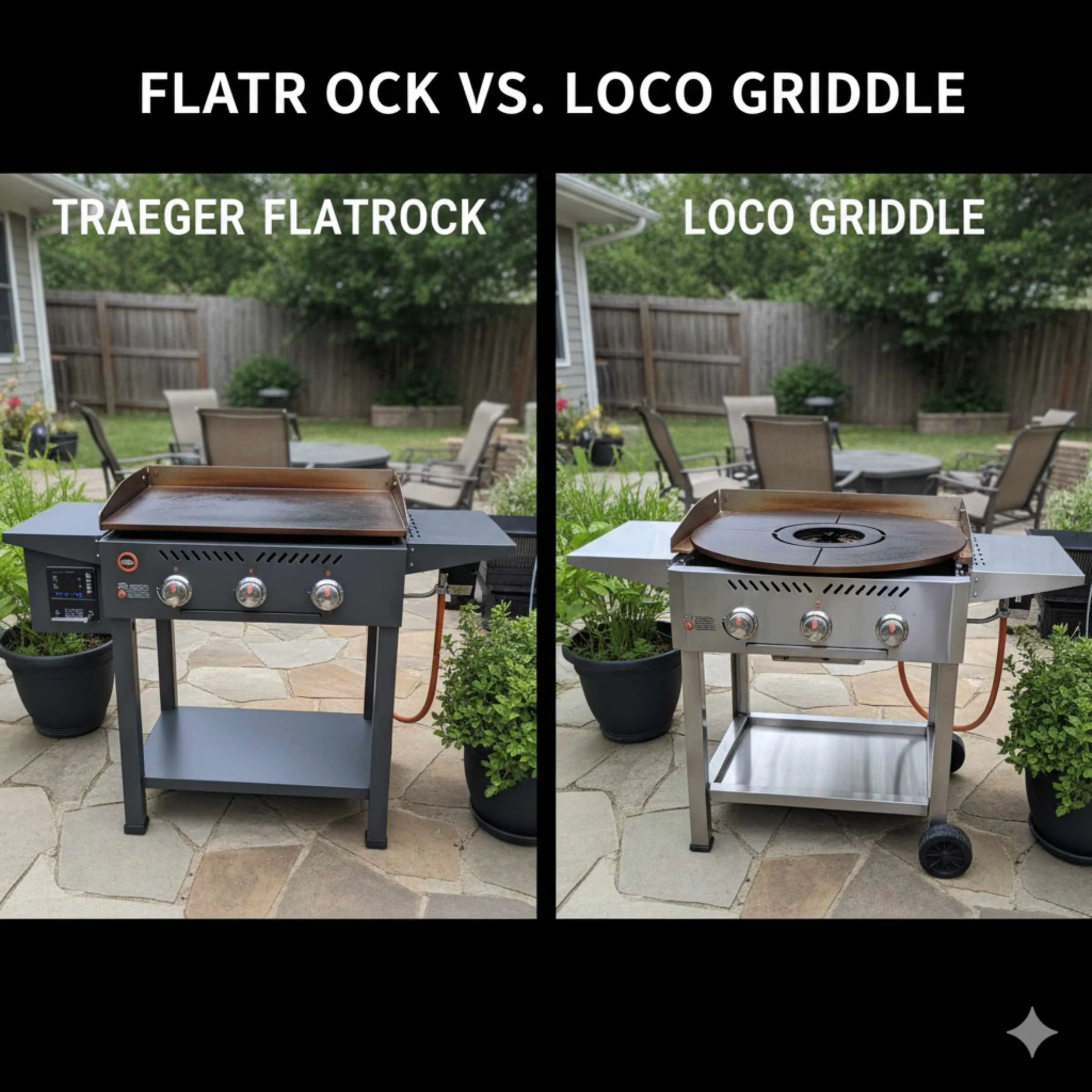

Leave a Reply